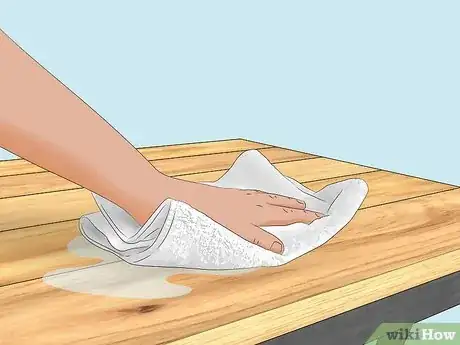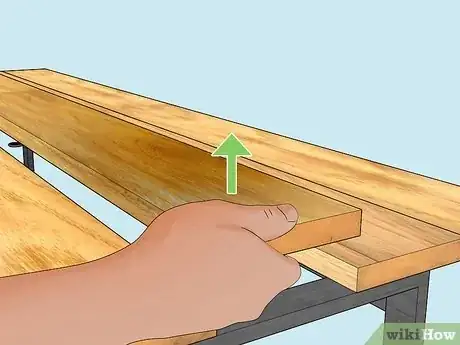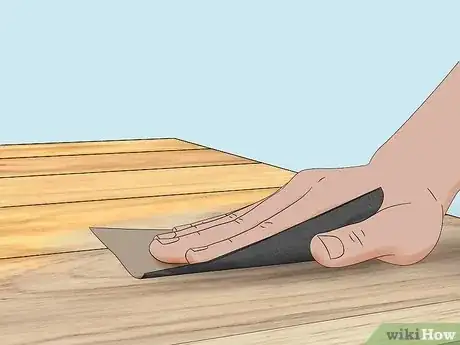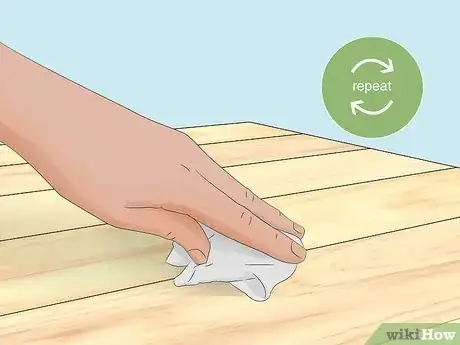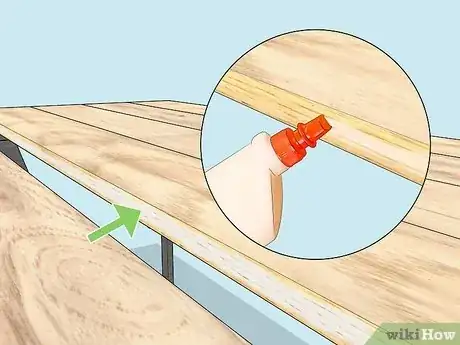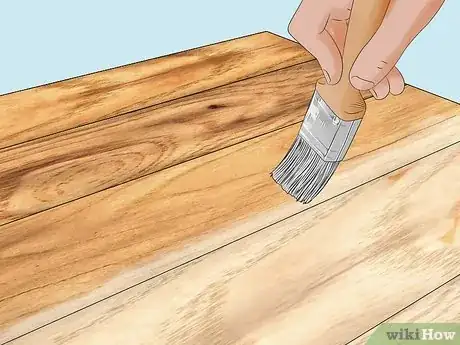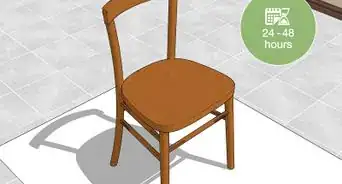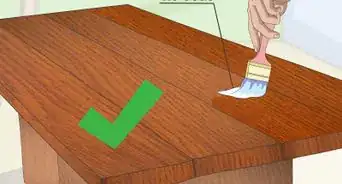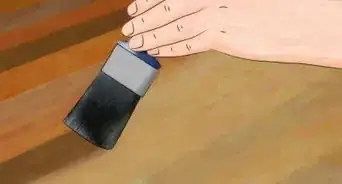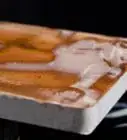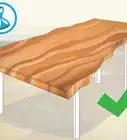This article was co-authored by Ryan Owsiany and by wikiHow staff writer, Eric McClure. Ryan Owsiany is a Drywall and Painting Specialist and the Owner of Patch and Paint Pros in Conshohocken, Pennsylvania. With over two decades of experience, Ryan specializes in interior and exterior house painting as well as drywall, plaster, and water damage repair. Ryan holds a BS in Industrial Engineering from Penn State University. Patch and Paint Pros only employ experienced, friendly painters that understand proper preparation is required to ensure client satisfaction on every painting project.
There are 13 references cited in this article, which can be found at the bottom of the page.
Water and wood definitely don't mix, but we're here to help you restore wood furniture that got a little soggy. There are a lot of repair options based on the extent of the water damage and the way you want the finished piece to look, and we’ll break down all of your options. Read on to learn everything you need to know about repairing water-damaged wood.
Things You Should Know
- Dry the wood out if it’s still wet, remove any unsalvageable wood, and fill in cracks or gaps with auto-body filler to create a flat, even surface.
- Treat water-based stains by applying mayonnaise, petroleum jelly, lemon juice, toothpaste, mineral spirits, dish soap, or oxalic acid to the wood and wiping it off.
- Strip the previous finish using solvent or sandpaper. Then, paint or stain the wood and seal the furniture in varnish to restore your piece.
Steps
Warnings
- Put on gloves, long sleeves, and a dust mask if you’re working with mineral spirits or oxalic acid.[14]⧼thumbs_response⧽
References
- ↑ https://in.nau.edu/wp-content/uploads/sites/226/2020/03/Water-Damage-Guideline.pdf
- ↑ https://www.forbes.com/home-improvement/flooring/floor-repair-cost/
- ↑ https://www.washingtonpost.com/home/2023/01/13/repair-wood-rot-exterior-door/
- ↑ https://www.bobvila.com/articles/wood-rot/
- ↑ https://www.architecturaldigest.com/story/ways-to-remove-water-stains-from-wood
- ↑ https://www.bobvila.com/articles/how-to-remove-varnish/
- ↑ https://www.architecturaldigest.com/story/ways-to-remove-water-stains-from-wood
- ↑ https://www.latimes.com/archives/la-xpm-1990-08-11-hm-364-story.html
- ↑ https://www.bobvila.com/articles/renew-old-wood-furniture/
- ↑ https://www.artofmanliness.com/skills/manly-know-how/how-to-make-4-common-furniture-repairs/
- ↑ https://inmyownstyle.com/painting-furniture-black-stain-vs-black-paint.html
- ↑ https://www.bobvila.com/articles/2150-paints-and-finishes/
- ↑ https://www.woodfloorbusiness.com/installation/troubleshooting/article/15135775/drycupping-and-splitting-because-of-radiant-heat
- ↑ https://www.solventsandpetroleum.com/uploads/6/0/3/7/60372849/mineral_spirits.pdf
